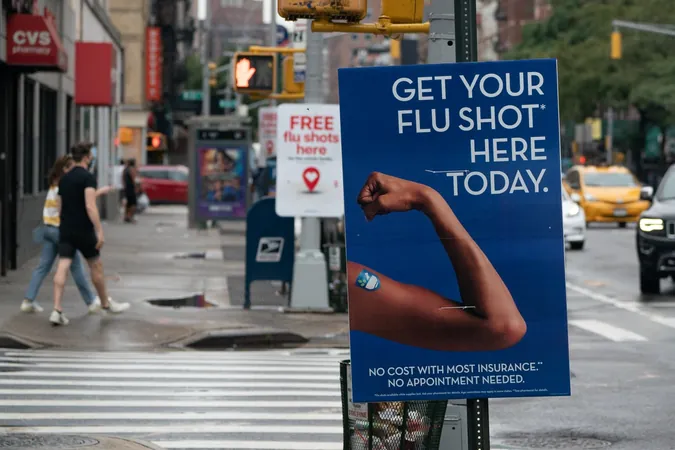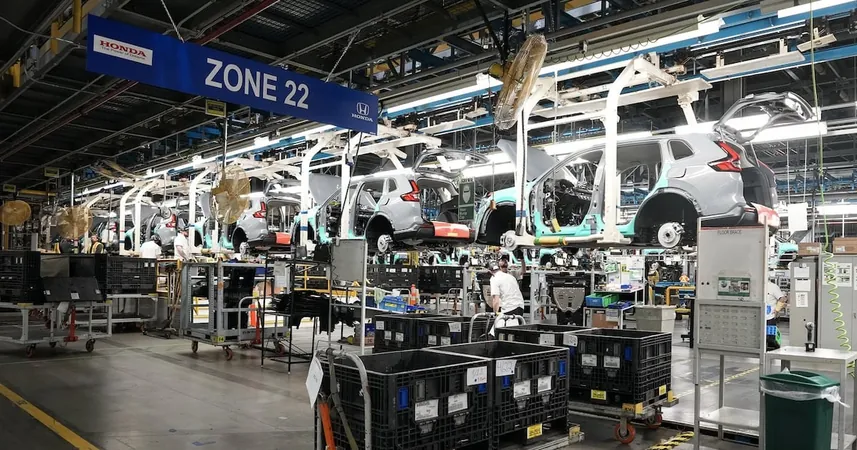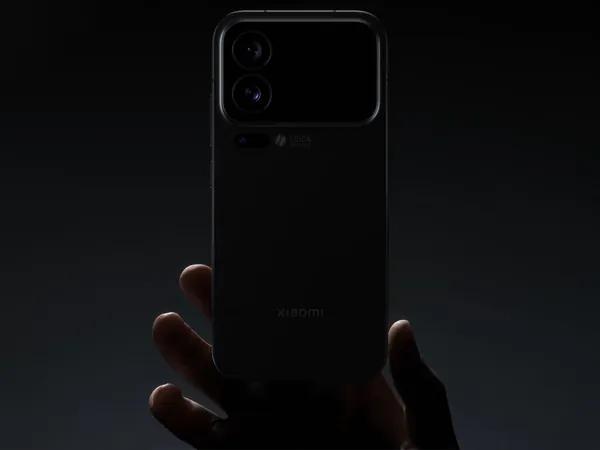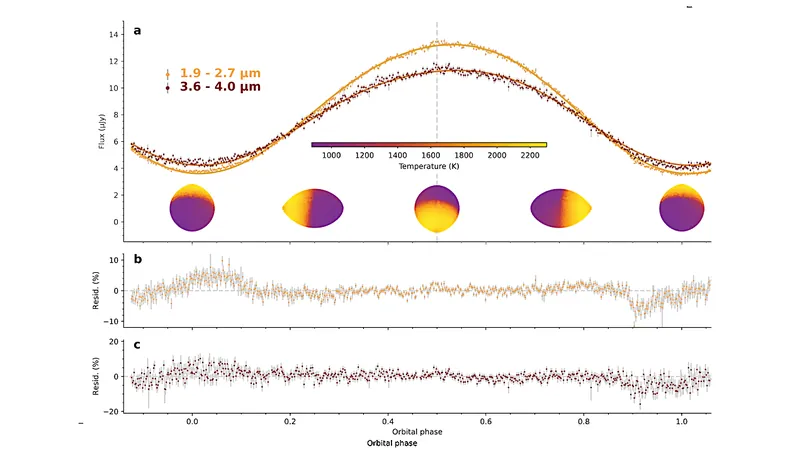
How AI is Revolutionizing Public Spaces for Everyone
2025-07-02
Author: Liam
Harnessing AI for a New Era of Accessibility
Innovative applications blending artificial intelligence (AI) with wearable tech are transforming our interaction with public spaces and each other. But the full impact of these advancements is still unfolding.
A Legacy of Assistive Technologies
For many individuals with disabilities, the relationship between technology and the human body is longstanding. Assistive devices have long been essential in breaking down the barriers that disabled people face. Now, immersive technologies are poised to further redefine these interactions.
Augmented Vision with AI Glasses
Take, for example, Meta’s collaboration with Ray-Ban on their AI-powered glasses that utilize the Be My Eyes app. These glasses allow users to see their surroundings through AI-generated audio descriptions, effectively turning smartphones into personal vision assistants.
From Wearables to Body-Integrated Tech
While wearables offer high-tech solutions, innovations are also emerging that directly integrate with our bodies, like AI prosthetics and brain-computer interfaces. These advancements are not only about enhancing individual experiences but are reshaping our understanding of the spaces we inhabit.
The Future of Urban Interaction
As we stand at this transformative crossroads, imagine if every public space became a playground or workspace enhanced by digital tools. How will these consumer-driven technologies affect city planning, zoning laws, and even taxation? And who will truly benefit from these advancements?
Access and the Challenge of Inclusion
Despite their potential, the journey to broad access can be steep—many wearables come with high price tags. Additionally, societal biases often overlook the nuanced needs of Blind and Deaf communities, assuming a singular desire for technological 'cures'.
Personal Experiences: Bridging Sound and Silence
As someone with hearing loss, I use AI-driven hearing aids that adjust to my environment, helping me navigate the often chaotic sounds of urban life. The delicate balance of enjoying the city's beauty while managing its noise levels is a daily reality.
Advantages and Pitfalls of AI Integration
While AI technologies promise greater accessibility, they can also widen the chasm of inequality. Who gets to enjoy the privileges of these advancements, and how is data shaped by biases in race, gender, and disability?
Digital Twin: A Double-Edged Sword
The rise of digital twin technologies—meticulously detailed digital models of everything from urban landscapes to human bodies—is remarkable. However, these models often miss the everyday barriers faced by people with disabilities.
Navigating Ownership and Agency
Ownership of augmented identities raises pressing ethical questions. Who controls the data generated by AI devices? Legal dilemmas linger about the responsibilities tied to augmented bodies, especially when it comes to injury and liability.
Toward a More Inclusive Future
As AI becomes intertwined with our daily lives, urgent conversations must take place about its implications. If disabled individuals are left out of these crucial discussions, we risk creating cities that are less accessible—reinforcing challenges rather than dismantling them.
Conclusion: A Call for Inclusion
The integration of AI and assistive technologies has the potential to reshape our urban landscapes, but only if all voices are included in the conversation. Let’s ensure the future is accessible for everyone.









 Brasil (PT)
Brasil (PT)
 Canada (EN)
Canada (EN)
 Chile (ES)
Chile (ES)
 Česko (CS)
Česko (CS)
 대한민국 (KO)
대한민국 (KO)
 España (ES)
España (ES)
 France (FR)
France (FR)
 Hong Kong (EN)
Hong Kong (EN)
 Italia (IT)
Italia (IT)
 日本 (JA)
日本 (JA)
 Magyarország (HU)
Magyarország (HU)
 Norge (NO)
Norge (NO)
 Polska (PL)
Polska (PL)
 Schweiz (DE)
Schweiz (DE)
 Singapore (EN)
Singapore (EN)
 Sverige (SV)
Sverige (SV)
 Suomi (FI)
Suomi (FI)
 Türkiye (TR)
Türkiye (TR)
 الإمارات العربية المتحدة (AR)
الإمارات العربية المتحدة (AR)